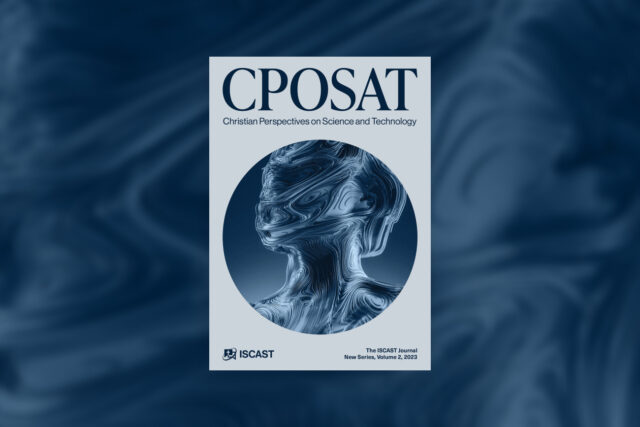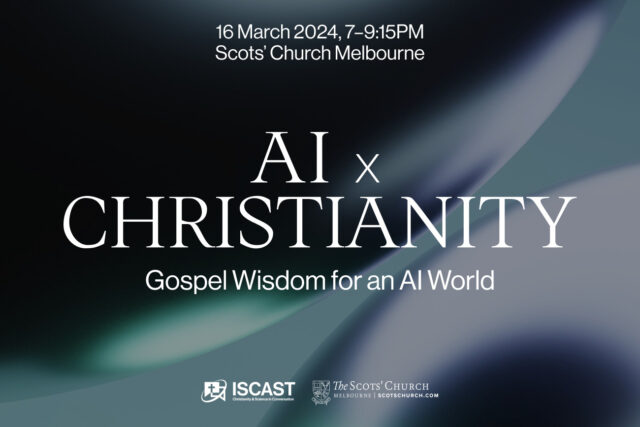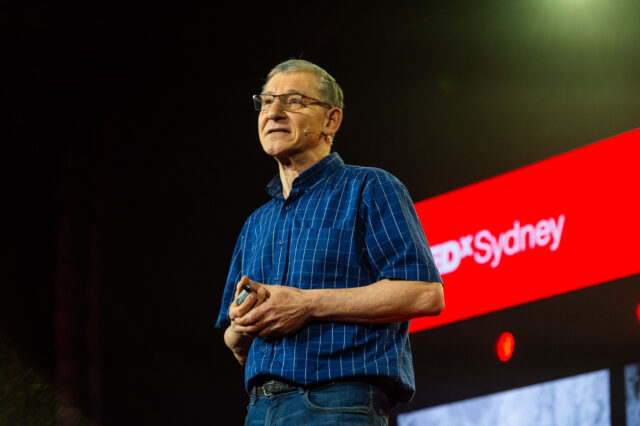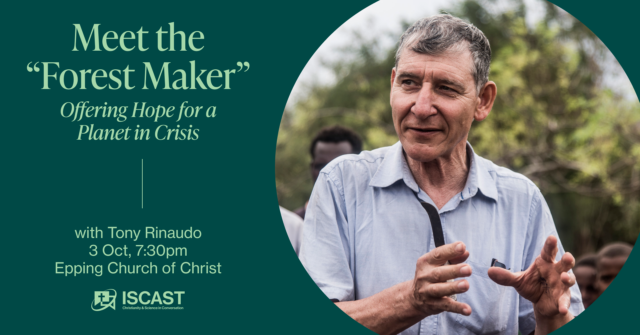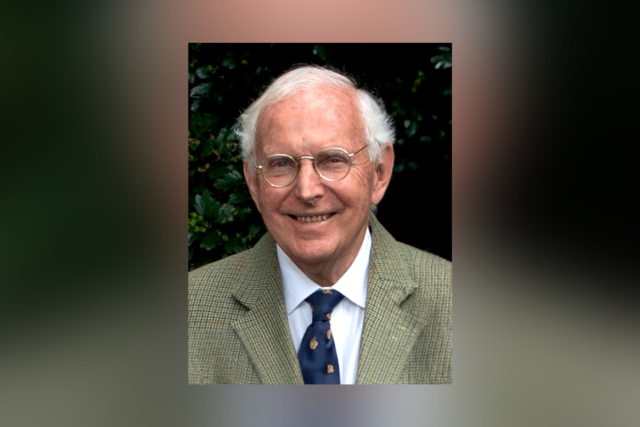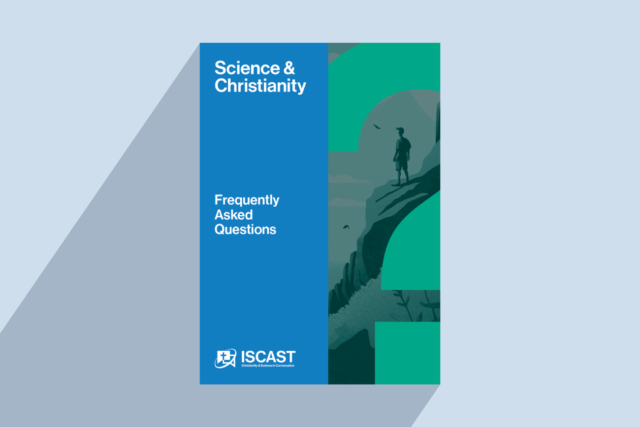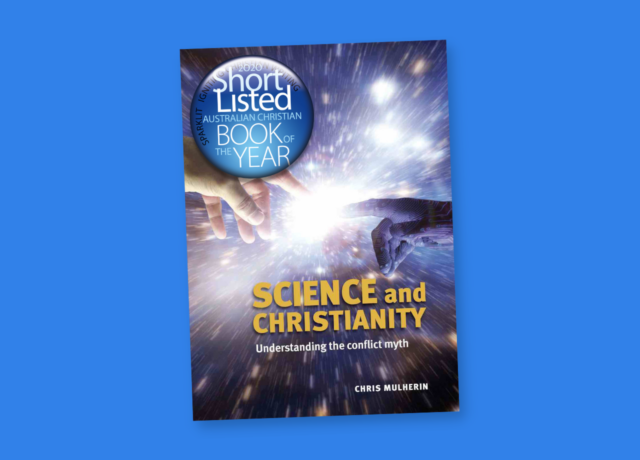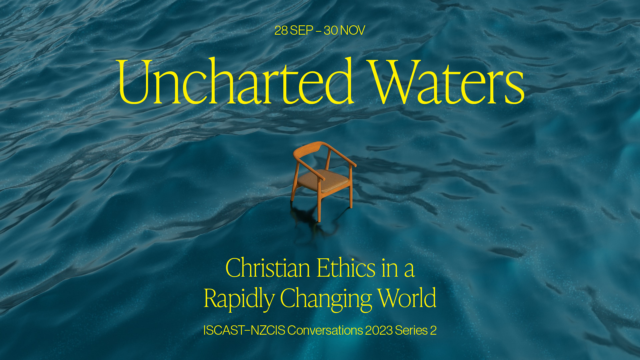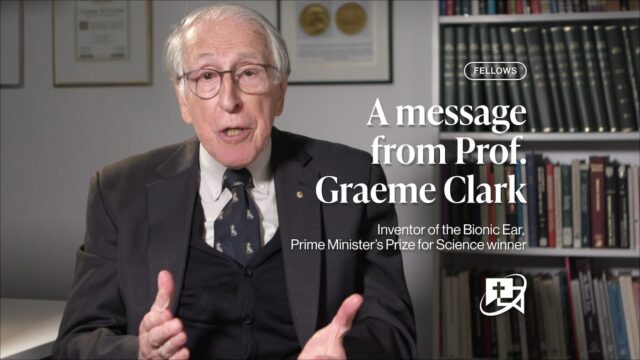


ISCAST president Alan Gijsbers and fellow Andrew Wood have written colaboratively on the mind-brain problem.
August 1 2017: Modern biblical scholars advocate the resurrection of the body rather than the Greek notion of the immortality of the soul, but what does modern science say about soul—or mind—and body dualism? Associate Professor Alan Gijsbers, an Addiction Physician at the University of Melbourne, and Professor Andrew Wood, a Biophysicist at Swinburne University explore the soul-body, or mind-brain problem.
The mind-brain problem is one of the major challenges in science. How does the unseen world of the mind impinge on the seen world of the body? What does the mind consist of? Is it made of completely different stuff from the body? Does it need a body to express itself? Does it survive when the body dies?
The recent excellent tribute to Sir John Eccles’ contribution to neuroscience and metaphysics by the Revd Dr Colin Goodwin (‘A great neuroscientist who believed in the soul’ TMA May) highlights one possible solution to the mind-brain issue. Eccles’ dualistic belief that human beings have both bodies and souls is a minority position within the neuroscientific community but it is worth exploring the debate further, because simple solutions currently elude us. Nevertheless, we applaud Dr Goodwin for reminding the readership of TMA of his legacy.
Alan Gijsbers writes:
As a neuroscientific practitioner in addiction medicine I grapple with the mind-brain problem every day. My colleague, Professor Andrew Wood brings his basic biophysical approach to the same issue. The issue is highlighted by Dr Benjamin Rush’s quotation below. Rush’s face still appears on the American Psychiatric Association (APA) logo today. He was a ‘heroic physician’ of the 18th century, and signatory to the American Declaration of Independence. He writes:
““Man is said to be a compound of soul and body. However proper this language may be in religion, it is not so in medicine. He is, in the eyes of a physician, a single indivisible being, for so intimately united are his soul and body, that one cannot be moved without the other. The actions of the former upon the latter are numerous and important. They influence many of the functions of the body in health. They are the cause of many diseases; and if properly directed, they may easily be made to afford many useful remedies.”
Rush speaks with all the confidence of medical man, and his remarks about religion sound somewhat condescending today. His heroic therapies of blood-letting and purging sick patients probably killed more people than they saved, yet his point remains: the soul and the body are intricately linked.
Is the soul part of the unseen world of God, angels, archangels and all the company of heaven—or is the soul more embodied than this? Two major observations have pushed us further towards Rush’s point of view. The first is the even tighter link between mind and brain function since Rush’s day. Brain disease and brain injury seem to change the person’s personality and behaviour. People with these conditions don’t seem to be themselves any more. We still honour them as they were but they seem to be different.
Secondly, biblical studies find that the biblical world-view sees humans as much more of an organic unity than the Greek dualism that earlier interpreters have read into the Biblical text. Thus modern translations of Scripture have replaced the Greek word psyche with ‘self’ rather than with ‘soul’.
Further, modern biblical scholars emphasise that Christians have always believed in the resurrection of the body rather than the immortality of the soul, and that at the end time heaven will come down to earth to create the new heaven and the new earth. How that primitive earth-centred cosmology translates into modern understanding of cosmology is not entirely clear but the point is that at the end heaven will come to earth and humans will be embodied in a resurrection body within a new heaven and a new earth.
This raises profound issues for Christian cosmology. Traditional Christian world views see creation as both the seen and the unseen world—the world we live in, and the world of heaven, where God reigns. Further, in our prayers we pray to the unseen world of heaven, asking God in heaven to bring about his will on earth, as it is in heaven.
But it is also quite clear that God is active within creation. God has called it into being and God sustains it by God’s power. Further, the prophets of old declared that God is active in history and that even infidel rulers are instruments in God’s hands.
But where do humans fit in? Are humans then only this-worldly people or do they have an immaterial dimension? Where is the dividing line between the seen and the unseen creation within the human person? Over the years a tradition has developed that the soul is immaterial and the body material, but is that justified?
What led to the tradition of the separation of soul from body? Plato, five centuries before Christ, developed a metaphysic in which the seen world was but a pale shadow of the unseen world of the ideal. Every particular item has its counterpart as an ideal in the unseen world—whether that item is a chair, a table or a person. The ideal person was a disembodied person characterized by that person’s soul. Such a soul is immaterial and eternal. It survives the death of the body.
Plato’s pupil, Aristotle, had a more practical but complex metaphysic in which the soul was the essence of the body. Plants were vegetative and nutritive souls, animal souls also had sentient, appetitive, locomotive dimensions, whereas humans were rational souls—with both a practical and theoretical rationality. Thus the essence of humans was their rationality—Homo sapiens.
There are no biblical data to support either Plato or Aristotle. Aristotle’s thinking was Christianised by Thomas Aquinas in the Middle Ages. He described humans as driven by their emotional drives which were evaluated by their disengaged reason to inform the will of the right course of action. All this happened within their souls. Such a simplistic model does not survive careful scrutiny, and there is very little biblical evidence for such a model.
The separation of the mind from the body was revived by Rene Descartes who was grappling with the new mechanistic and deterministic science of his day, which was made explicit by Sir Isaac Newton. If a human is a mechanism, subject to the laws of cause and effect, how can humans have the freedom to think and to act? How can a machine like a person think freely according to the rules of logic and how can they freely choose? So Descartes postulated the mind-brain split, which also became a split between the rational self and the emotional self. They still impinged on each other, but they were separated.
We come back to our original problem. Humans are spirit-body amphibians, living in the world of the everyday and living in the unseen world of the spirit—the world of God and the world of prayer. Do they do so because they have an eternal component to them—a soul that marches on—or do they do so within their bodies, as embodied beings?
Materialists have overwhelmed neuroscience. Christian neuroscientists and neurophilosophers have put forward different responses. The debate between various forms of dualism and monism has been fierce and there have been a number of different positions between these polarities, as summarised in Alan Gijsbers’ paper on Neuroscience and theology
Andrew Wood writes:
Sir John Eccles made important contributions not only to the question of whether humans are both material and spiritual, but also whether human mental and brain events are essentially different. He considered the nature of consciousness in a series of research papers in high-profile journals and books, some of them mentioned in Dr Goodwin’s article. Near the end of his life, in 1994 he published a book How the self controls its brain. It resulted from a collaboration with a physicist, Friedrich Beck, and explored whether quantum mechanics gave clues on how mind and brain could interact.
It addressed one of the pre-eminent arguments against dualism—how one interacts with the other, without apparently any energy flowing. How can an immaterial mind cause physical objects to move? How can having a thought to wink an eyelid actually produce nervous impulses to make the eyelid wink (without the thought itself being part of a chain of physical events)?
What is the nature of free will, creativity, moral judgement and so on? Put bluntly, how can 1.4 kg of flesh enable the person carrying it appreciate things like: what it’s like to be forgiven; to imagine a better future; to make moral choices; to come up with novel ideas and so on?
This last question is similar to ‘How can my iPad, which consists of 0.8 kg of electronic parts, talk to me and tell me how to get to my appointment in the city, as well as a whole host of other things?’ The answer is through a series of complex programs carrying out countless instructions. The instruction set and the electronics come together in logic circuits that obey a small and basic set of rules, but do them incredibly quickly (millions per second). Is there something similar between mind and brain?
Eccles and Beck explored the world of life on an atomic scale where things are subject to the laws of quantum mechanics: particles can in fact be in two places at once and can tunnel through what look like impenetrable barriers. The passing of nervous impulses from one nerve cell to the next also has quantal properties (albeit different to the quanta on an atomic scale).
The essence of this theory is that will (the mind) can alter the probabilities of nerve quanta being released (via a ‘trigger’), without affecting the conservation of energy. This would be the analogue of the logic circuits in the iPad, with the program essentially being ‘ordered information’, in the same way that the mind is.
Many years ago the UK-based physicist, Donald MacKay, observed that if a computer ‘dies’ the programs can easily be re-installed on another system. If the essence of personhood, or ‘self’, is analogous to a series of programs (information) then these programs can be re-installed on another platform (the resurrection body). However, we need to be cautious with a computer analogy. In MacKay’s own words: “In our age, when people look for explanations, the tendency more and more is to conceive of any and every situation that we are trying to understand by analogy with a machine.” We are not persuaded by the thought of quantum effects, and we prefer the tentative explanation distinguishing between information and its carriers.
Here, the role of the program rather than the machine needs further consideration. The importance of language-like information (semantic information) has been emphasised by many writers involved in the science-Christianity dialogue. John C. Lennox writes: “The carriers of the information have been material, but the information itself is not material” (emphasis in original). “But this is no new idea. It has been around for centuries. ‘In the beginning was the Word…all things were made by him… The Word… is more fundamental than mass-energy. Mass-energy belongs to the category of the created. The Word does not’.” Although Lennox is specifically thinking of Christ, the living Word, he is emphasising the non-material nature of semantic information, which is the stuff of mind and of the soul.
Even if the Eccles-Beck theory of interaction is not correct, or inadequate, this does not invalidate information-matter dualism. Every time a ribosome translates a messenger RNA code into a protein we see an interaction between information and matter. The interaction between mind and brain could be more elusive, but perhaps entirely within the realm of matter.
The phenomenon of human (and perhaps animal) consciousness (which as Eccles has pointed out emerged some time in evolutionary history) is one that continues to occupy the finest minds. The Australian philosopher David Chalmers has called it the “hard problem”, referring to how subjective experiences arise from the material inputs to the nervous system. These subjective experiences are central to what we understand as ‘self’. It is the sustained work over several decades coupled with a high regard for the nature of ‘self’, both in its uniqueness and its persistence beyond the grave, that marks a pinnacle of the legacy Eccles left to both Science and Christianity.
Alan Gijsbers concludes: One other observation may give some idea of the relation between mind and brain. Eric Kandell’s Nobel prize-winning work on the Aplysia snail showed that environmental stimuli switched on neuronal gene expression. This leads to increased neurotransmission through growing new axonal foot processes, increasing the signal from that cell. By this mechanism the environment affects nerve growth and nerve output. Thus heredity and environment are not in conflict with each other but nature and nurture intimately interact. This then gives a mechanism by which learning can change neural structure.
What does all this mean for the everyday Christian? Quite simply, our bodies are the way we live for God, the way we love God and the way in which we care for each other. Our bodies and our physical environment are not optional extras to the important task of improving our understanding of the Christian faith, but the very way by which we live out our faith. When a person feeds a child, or houses a stranger, or cares for the sick, they are acting within God’s world and providing practical evidence of the love of God and of the coming of God’s rule on earth. It calls for a strongly this-worldly spirituality.
For more articles about the faith science interface from The Melbourne Anglican, please visit their website.

